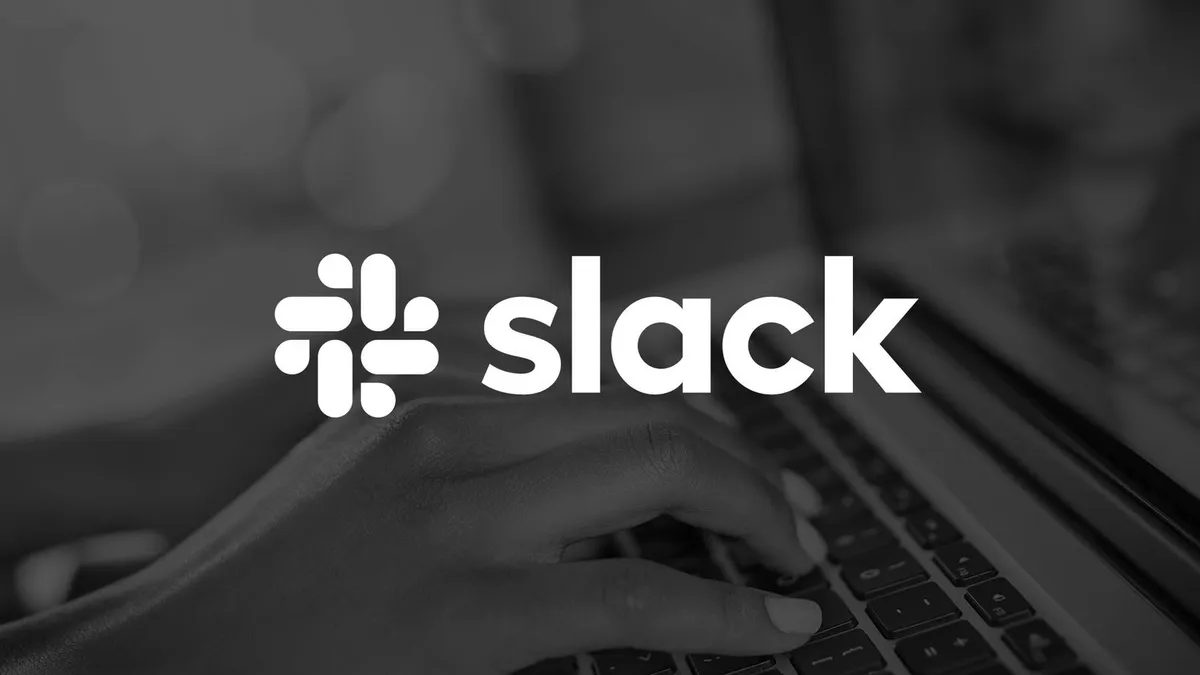Dive Brief:
- Slack’s second quarter revenue increased 58% year-over-year to $145 million, in the company's first earnings report since it began publicly trading in June, Slack announced Wednesday.
- Slack took a revenue hit after the company offered $8.2 million in credits related to "service level disruption," according to the announcement. The company offers credits back to customers if it fails to meet its 99.99% uptime commitment. The Q2 credit charge comes from Slack suffering degraded service one week after its NYSE debut.
- The company's GAAP operating loss in Q2 was $363.7 million, a 980% year-over-year increase from 2019. The loss was 251% of total revenue. Part of the GAAP operating loss is $307 million in "stock-based compensation and related employer payroll taxes," which the company incurred as part of its direct listing.
Dive Insight:
Slack has a point to prove with its earnings. The company wants to show it can operate as a market contender, even in the face of outages and stiff competition from its closest competitor, Microsoft Teams.
Of note is Slack’s effort to grow is enterprise customer base. In Q2, Slack counted more than 100,000 companies as paid customers, up 37% year-over-year. Of those, 720 were customers with more than $100,000 in annual recurring revenue, up 75% year-over-year.
It’s a tight race with Microsoft, which has more than 13 million daily active users on its Teams communications platform. The large-scale vendor also has an advantage: It can bundle communications services with other offerings, a challenge for pure-play vendor Slack.
That does not spell Slack’s demise. Research firm ETR expects Slack’s adoption to stall, but the platform is beloved by developers. The propensity of teams to use Slack could help sustain its use at the grassroots level, which can trickle into C-suite attention and adoption.
Maintaining enterprise customer growth is essential to Slack’s longevity. Part of that is ensuring uptime. Microsoft is working to improve Azure to 99.995% uptime. Any dips in Slack’s uptime, by comparison, will spark critique and concern over its reliability when compared to it’s much larger competitor.
To help, Slack is adopting "disasterpiece theater," emulating techniques touted by Netflix to assure staff engineers can respond quickly and effectively to a crisis. In August, Slack began running production failures to test systems and engineer tolerance.












